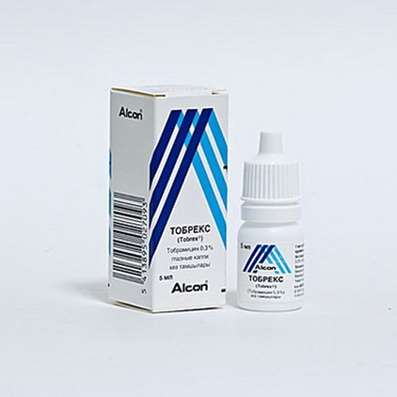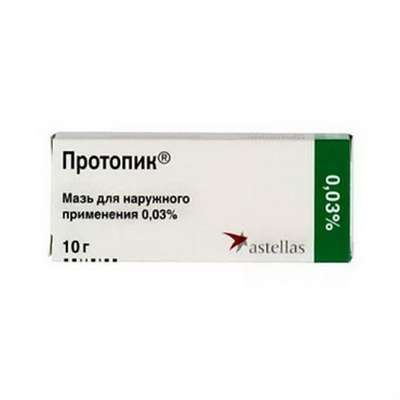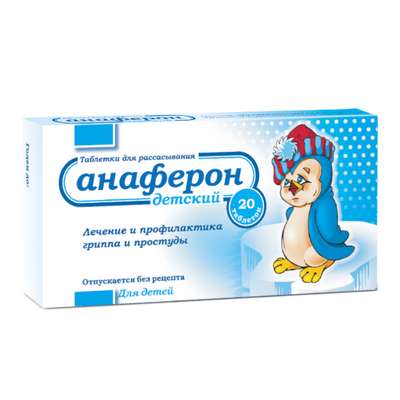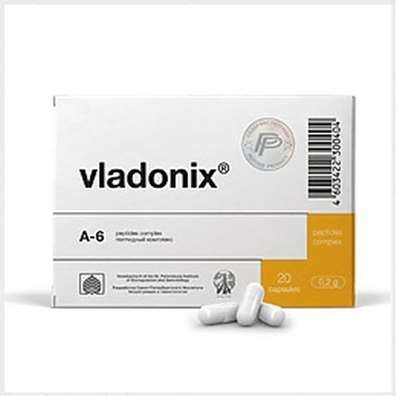Instruction for use: Otrivin
I want this, give me price
Active substance: Xylometazoline
ATX Code R01AA07 Xylometazoline
Pharmacotherapeutic group:
Alpha-adrenoceptor agonists
decongestant
The nosological classification (ICD-10)
H66.9 Otitis media, unspecified
Chronic otitis, Otitis, otitis media, middle ear infections, Otitis media in children
H68 inflammation and blockage of the ear [Eustachian] pipes
Eustachian, acute evstahiit, Qatar Eustachian tubes, Evstaheit
J00 Acute nasopharyngitis [runny nose]
Viral rhinitis, Inflammation of the nasopharynx, Inflammatory diseases of the nose, purulent rhinitis, Nasal congestion, Nasal congestion with colds and flu, The difficulty of nasal breathing, The difficulty of nasal breathing for colds, Difficulty in nasal breathing, Difficulty in nasal breathing in colds, nasal, hypersecretion, cold, ARI with rhinitis phenomena, coryza, Acute rhinitis of various origins, Acute rhinitis with thick purulent mucous exudate, Acute nasopharyngitis, Swelling of the mucosa of the nasopharynx, Rhinitis, rhinorrhea, Infectious-inflammatory diseases of ENT organs, heavy cold, rhinopharyngitis, nasopharyngitis
J01 Acute sinusitis
Inflammation of the sinuses, Inflammatory diseases of the paranasal sinuses, Purulent inflammation of the paranasal sinuses, Infectious-inflammatory diseases of ENT organs, Infection of the sinuses, Combined sinusitis, Exacerbation of sinusitis, Acute inflammation of the paranasal sinuses, Acute bacterial sinusitis, Acute sinusitis in adults, Subacute sinusitis, acute Sinusitis, sinusitis
J06 Acute upper respiratory infections of multiple and unspecified
Frequent colds viral diseases, Infections of the upper respiratory tract, Acute respiratory disease influenza character, for colds Pain, Acute colds,Cold, respiratory infection,Seasonal colds, Pain in infectious and inflammatory diseases of the upper respiratory tract, Bacterial infections of the upper respiratory tract, Bacterial respiratory infections, Viral disease of the respiratory tract, Viral respiratory tract infections, Inflammatory disease of the upper respiratory tract, Inflammation of the upper respiratory tract disease, Inflammation of the upper respiratory tract illness with difficult sputum, Inflammatory airway disease, Secondary infections with colds, Shortness of sputum in acute and chronic respiratory diseases, Upper respiratory tract infection, Infections of the upper respiratory tract, Respiratory Tract Infections, Infections of the respiratory tract and lungs, Infectious-inflammatory diseases of the upper respiratory tract, Infectious-inflammatory diseases of the upper respiratory tract and ENT-organs, Infectious-inflammatory diseases of the upper respiratory tract in children and adults, Infectious-inflammatory diseases of the upper respiratory tract, Infectious inflammation of the airways,respiratory infection, Qatar upper respiratory tract, Catarrh of the upper respiratory tract, Catarrhal disease of the upper respiratory tract, Catarrhal symptoms of the upper respiratory tract, Coughing with a cold, SARS, ARI, ARI with rhinitis phenomena, Acute respiratory infection, Acute infectious and inflammatory disease of the upper respiratory tract, Acute respiratory disease, Sore throat or nose, Respiratory viral infections, Respiratory diseases, Respiratory infections, Recurrent respiratory infections, Secondary infection with influenza, cold in the chest, Feverish condition with flu
J30 Vasomotor and allergic rhinitis
Allergic rinopatiya, Allergic rhinosinusopathy, Allergic respiratory diseases, Allergic rhinitis, nasal allergy, Seasonal Allergic Rhinitis, Vasomotor rhinitis, Long-allergic rhinitis, Perennial allergic rhinitis, Perennial allergic rhinitis, Year-round or seasonal allergic rhinitis, Year-round allergic rhinitis nature, Rhinitis allergic vasomotor, Exacerbation of pollen allergy in the form of Syndrome rinokonyunktivalnogo, Acute allergic rhinitis, Edema of the nasal mucosa, Edema of the nasal mucosa, Swelling of the mucosa of the nasal cavity, Swelling of the nasal mucosa, Swelling of the nasal mucosa, pollen disease, Permanent allergic rhinitis, rhinoconjunctivitis, rhinosinusitis,rhinosinusopathy, Seasonal allergic rhinitis, Seasonal Allergic Rhinitis, Haymarket rhinitis, Chronic allergic rhinitis, Allergic respiratory diseases
J30.1 Allergic rhinitis caused by the pollen
hay fever, Hypersensitivity to pollen, Polypoid allergic rhinosinusitisá Seasonal hay fever, Seasonal rhinitis
J32 Chronic sinusitis
Allergic rhinosinusopathy, purulent sinusitis, Catarrh nasopharyngeal area, Catarrh of the sinuses, Exacerbation of sinusitis, chronic Sinusitis
J999 * Diagnosis of Respiratory Diseases
bronchography, bronchoscopy, Diagnostic procedures in the nasal passages, Diagnostic Study of the bronchi, laryngoscopy, Preparing for rhinoscopy, Preparing the patient for bronchoscopy and / or bronhografii, Preparing the patient for bronchoscopy or bronhografii, Preparing the patient for diagnostic procedures in the nasal passages, Preparing the patient for diagnostic procedures in the area of the nasal passages, rhinoscopy, Visualization of the chest cavity, Chest X-ray, Mediastinoscopy
Composition
Spray nasal, in doses of 1 ml
active substance:
Xylometazoline hydrochloride 1 mg
Excipients: sodium dihydrogen phosphate dihydrate - 2 mg; Sodium phosphate dodecahydrate - 2.8 mg; sodium chloride - 5 mg; Benzalkonium chloride 50% solution - 0.1 mg (calculated as benzalkonium chloride - 0.05 mg); Sorbitol 70% - 14 mg; Disodium edetate - 0.5 mg; levomenthol (menthol) - 0.3 mg; cineole (eucalyptol) - 0.2 mg; macrogol glitserilgidroksistearat - 2.5 mg; Purified water - up to 1 ml
Description of Otrivin
Colorless, opalescent solution with the smell of menthol and eucalyptus ..
pharmachologic effect
Mode of action - antikongestat, alpha-agonists
pharmacodynamics
Xylometazoline belongs to a group of local vasoconstrictor (decongestant) with α-adrenomimeticheskim action, causes narrowing of the blood vessels of the nasal mucosa, eliminating edema and hyperemia of the mucous membrane of the nasopharynx. Facilitates nasal breathing in rhinitis.
Otrivin® well tolerated by patients with sensitive mucosa, its effect does not interfere with the separation of mucus. Otrivin® has a balanced pH of typical nasal cavity.
Contained in the formulation eucalyptol and menthol have a cooling effect on the nasal mucosa, giving a feeling of freshness. At therapeutic concentrations of the drug does not irritate the nasal mucosa, does not cause flushing.
Mode of action occurs within a few minutes and lasts for 12 hours.
Pharmacokinetics
When applied topically practically not absorbed, the plasma concentration below the detection limit.
Indications of Otrivin
acute respiratory disease with symptoms of rhinitis (runny nose);
Acute allergic rhinitis, hay fever, sinusitis, evstahiit, otitis media (to reduce swelling of the mucous nasopharynx);
preparation of the patient for diagnostic manipulations in the nasal passages.
Contraindications
Hypersensitivity to xylometazoline and other ingredients;
arterial hypertension;
tachycardia;
expressed atherosclerosis;
glaucoma;
atrophic rhinitis;
hyperthyroidism;
state after transsphenoidal hypophysectomy;
surgical intervention on meninges (in history);
children's age (12 years).
Precautions: diabetes mellitus; CVD; prostatic hyperplasia; increased sensitivity to adrenergic drugs, accompanied by insomnia, dizziness, arrhythmia, tremor, elevated blood pressure.
Pregnancy and breast-feeding
The drug should not be used during pregnancy. During lactation the drug should only be used after careful assessment of risks and benefits for mother and baby, under the supervision of a physician. Do not exceed the recommended dosage.
Side effects
Classification of the incidence of adverse reactions: very common (≥10); commonly (≥1 / 100, <1/10); uncommon (≥1 / 1000, <1/100); rare (≥1 / 10,000, <1/1000); very rare (<1/10000).
Immune system: very rarely - hypersensitivity reactions (angioedema, rash, pruritus).
From the nervous system: often - headache; rarely - insomnia, depression (with prolonged use at high doses).
From the sensory organs: rarely - a violation of sharpness of vision.
From the CCC: rarely - palpitations, increased blood pressure; very rarely - tachycardia, arrhythmia.
With the respiratory system: often - irritation and / or dryness of the nasal mucosa, burning, stinging, sneezing, hypersecretion of the mucous membrane of the nasopharynx.
From the digestive system: often - nausea; rarely - vomiting.
Local reactions: often - burning at the application site.
If any of the above in the description of side effects observed are exacerbated or any other side effects, you should inform your doctor.
Interaction
Incompatible with MAO inhibitors and tricyclic antidepressants.
Dosing and Administration
Intranasal. Adults and children over 12 years - 1 injection in each nostril, 3 times a day. Should not be applied more than 3 times a day.
Overdose
Symptoms: increased side effects, such as tachycardia, arrhythmia, increased blood pressure, sometimes there may be confusion.
Treatment: symptomatic, under the supervision of a physician.
special instructions
Not recommended for use in continuous operation for more than 10 days. Do not exceed the recommended dose, especially in children and the elderly. Long term (over 10 days), or excessive use of the drug can cause a rebound effect (rhinitis medicamentosa).
Effects on ability to drive a vehicle and machinery. Xylometazoline has no effect on the ability to drive a vehicle and machinery.
release Form
Spray nasal dosage, 0.1%. 10 or 15 ml of the product in a transparent or white HDPE bottle equipped with a dosing pump action device with a tip and a protective cap with PE. The bottle was placed in a pile of cardboard.
Storage conditions of Otrivin
The temperature is not higher than 25 ° C.
Keep out of the reach of children.
Shelf life of Otrivin
2,5 years.
Do not use beyond the expiration date printed on the package.
Available without prescription

 Cart
Cart





